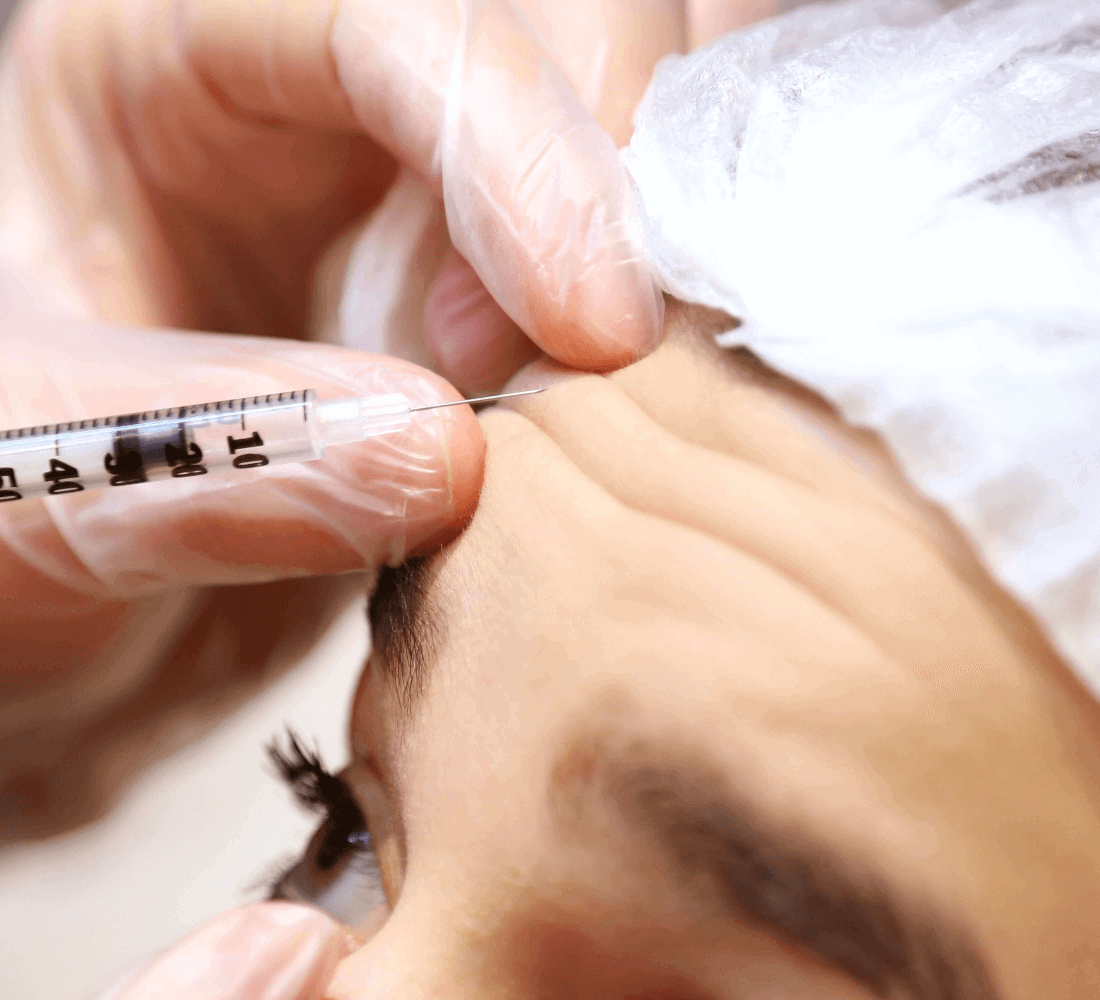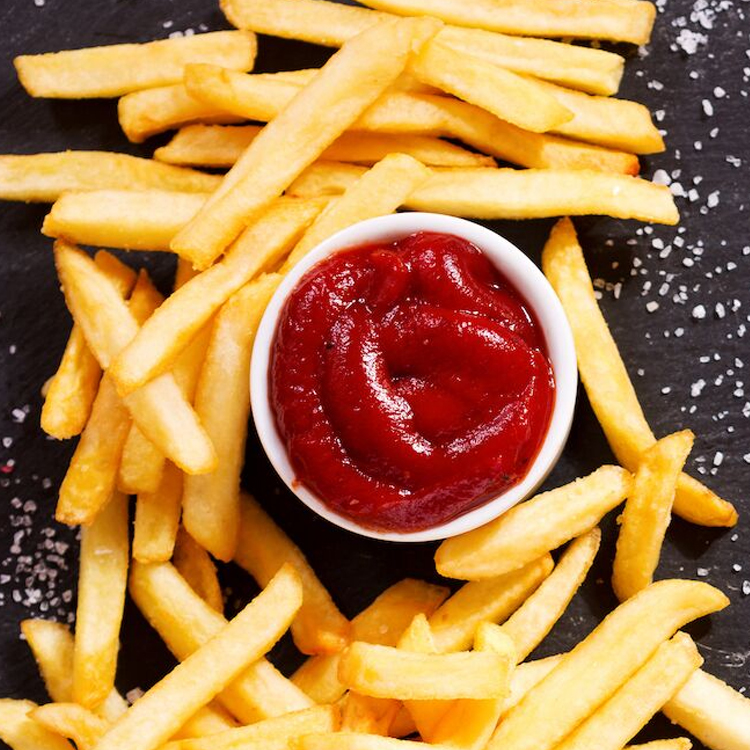
The Power of Anti-Aging Treatments: A Detailed Beauty Guide
In the last few decades, the field of anti-aging experienced significant progress. These advancements have offered new hope in the quest to slow down the aging process and promote longevity. With a growing aging population worldwide, interest in anti-aging treatments has surged, and currently, various anti-aging procedures are available.
In order to help you choose the best anti-aging treatment for your needs, we have prepared a comprehensive guide. In the following lines, you will discover the most popular anti-aging treatments as well as their effectiveness and the procedures themselves. Let’s learn more about them!
Anti-Aging Treatments You Can Consider
Anti-aging treatments today come in a variety of forms, each with a unique set of benefits. Here are some of them that can help you cope with aging:
Botox
Botulinum toxin (more commonly known as Botox) is a popular anti-aging treatment that has gained widespread recognition for its capability to reduce dynamic wrinkles. During the treatment, a diluted form of the toxin is injected into certain facial muscles, which temporarily paralyze them. This anti-aging treatment relaxes the muscles and smooths out wrinkles, particularly those caused by facial expressions like frown lines and smile lines. Botox is best suited for individuals looking to diminish the visible signs of aging without undergoing invasive surgical procedures. It provides a non-surgical, quick, and relatively painless option for achieving a more youthful and refreshed appearance. The effects of Botox typically last for three to six months, which makes it a popular treatment for those seeking a temporary yet effective solution to facial aging skin.
Fillers
Dermal fillers include hyaluronic acid (HA) and collagen-based fillers. These injectable treatments are designed to restore volume, smooth out wrinkles, and enhance facial contours. Hyaluronic acid fillers, such as Restylane and Juvederm, are popular choices due to their natural compatibility with the body (hyaluronic acid is present in the fluids in the joints and eyes). These fillers work by attracting and retaining moisture and provide immediate and long-lasting results.
Collagen-based fillers, like Sculptra, stimulate collagen production for a gradual but sustainable anti-aging effect. These fillers are suitable for individuals with age-related volume loss, deep facial lines, and hollowed areas. Other types of fillers, including calcium hydroxylapatite (e.g., Radiesse) and poly-L-lactic acid (PLLA fillers), are tailored to specific aesthetic concerns.
Lasers
Lasers have revolutionized the field of cosmetic dermatology. There are a variety of laser treatments available today for a wide range of skin problems. These cosmetic procedures can target and treat everything from fine lines and forehead wrinkles to pigmentation irregularities and even tattoo removal! Some of the most popular types of laser treatment include:
- Fractional laser: This procedure treats specific areas of the skin, leaving the surrounding tissue intact. It’s effective for reducing acne, scars, and sun damage.
- IPL (Intense Pulsed Light): Often used for photorejuvenation, IPL treats pigmentation issues like sun spots and redness. This type of laser results in a more balanced skin tone.
- CO2 laser: Known for its ability to resurface the skin, CO2 lasers are used to treat deeper wrinkles, scars, acne, and other imperfections and provide a smoother complexion.
- Q-Switched laser: Ideal for tattoo removal, this laser breaks down ink particles without harming the surrounding skin.
Platelet-Rich Plasma (PRP)
Platelet-rich plasma (PRP) therapy has gained attention as a non-surgical and natural approach to skin detox and hair restoration. It is also used as a medical treatment for joint, muscle, and ligament injuries. In this procedure, a small amount of the patient’s own blood is drawn and then centrifuged to separate the plasma rich in thrombocytes. This platelet-rich plasma is then injected into specific areas of the skin or scalp in order to stimulate collagen production, cellular repair, and natural tissue regeneration.
PRP therapy is particularly effective for individuals seeking to improve skin texture, reduce fine lines and wrinkles, and reduce hair thinning or loss. Minimal downtime and a low allergic reaction risk make this procedure popular. PRP treatments have gained popularity among those looking for a safe, natural, and personalized approach to improving skin’s appearance and stimulating hair growth.
Retinoids
Retinoids, a class of compounds derived from vitamin A, are a cornerstone of skincare known for their potent anti-aging properties. These topical treatments are available in various forms, including prescription and OTC products. When applied to the skin, retinoids work by promoting cell turnover, stimulating collagen production, and unclogging pores, which results in smoother, clearer, and more youthful-looking skin. They are particularly effective at treating fine lines, wrinkles, acne, photoaging, and hyperpigmentation. While retinoids are best suited for those looking to improve the overall texture and appearance of their skin, they may not be suitable for those with sensitive or easily irritated skin. It is vital to use retinoids appropriately in order to maximize their effects and minimize side effects, such as dryness and redness.
Microneedling
Microneedling, also known as collagen induction therapy, is a minimally invasive cosmetic procedure intended to rejuvenate the skin. During the treatment, a device equipped with fine needles creates micro-injuries on the skin’s surface, which stimulates the body’s natural healing response. This process induces the production of collagen and elastin, two essential proteins that contribute to smoother, firmer, and more youthful skin. Microneedling is effective at reducing the appearance of fine lines, dark spots, acne scars, large pores, and stretch marks, as well as enhancing skin texture and tone.
Dermabrasion
Dermabrasion is an anti-aging treatment that involves the mechanical removal of the top layer of skin using a high-speed rotating instrument or abrasive device. This process is effective at smoothing the skin’s surface and improving its texture. Dermabrasion targets concerns like fine lines, deep wrinkles, scars (including acne scars), and uneven pigmentation. By removing the damaged outer layer, dermabrasion encourages the growth of new, healthier skin cells, resulting in a rejuvenated appearance. This anti-aging treatment is ideal for those with skin irregularities or those who wish to refresh their tone and texture. Dermabrasion, however, may not be the best anti-aging treatment for those with scarring-prone skin.
Chemical Peels
A chemical peel is a cosmetic treatment that implies the application of a chemical solution to the skin, which causes the top layer of skin to peel off. These peels vary in strength, from superficial to deep, and can effectively treat a range of skin concerns. Superficial peels are excellent for refining skin texture, reducing minor wrinkles, and improving skin tone. Deeper peels target more significant issues such as sun damage, deep wrinkles, and acne scars. Chemical peels are a good choice for individuals looking to rejuvenate their skin, diminish signs of aging, reduce hyperpigmentation, and smooth out acne-prone skin.
How to Choose the Right Treatment for Your Skin?
When it comes to selecting the perfect skin treatment, remember that it’s all about your needs. First, consider your age, because your skin’s needs change over time. If you’re in your twenties, focus on preventative measures. In your thirties and beyond, you may want to tackle fine lines or wrinkles. Next, assess your skin type – whether it’s oily, dry, or combined. This determines which products you should use. Lastly, pinpoint the specific concerns you want to treat. Whether it’s acne, wrinkles, pigmentation, or hydration, there’s a tailored solution for you. Use a personalized skincare regimen and consult with an expert to ensure you are on the right path to a radiant, youthful complexion. Your skin deserves nothing less!
Key Takeaways
Nowadays, there are numerous effective anti-aging treatments available for us to choose from. However, if you prefer a natural approach, there is a solution to rejuvenate your skin and body from the inside. We are introducing a revolutionary anti-aging supplement, the VANA Health System.
Its unique formula is based on essential polyphenols – quercetin, resveratrol, and urolithin A, with the addition of potent ingredients from plant sources. VANA not only has anti-aging properties but also helps with lack of energy, poor sleep, weak immunity, poor focus, water retention, and weight gain. Regular use of VANA will help you regain balance and energy and improve your overall health and well-being.
Health is wealth, so don’t wait to boost it!
FAQ
What is the best age to start anti-aging?
The ideal age to begin anti-aging treatments largely depends on individual factors such as genetics, lifestyle, and skin care. In general, it’s important to establish good skincare habits in the early twenties to maintain skin health. However, you can consider more intensive anti-aging treatments in the late twenties and early thirties as a preventive measure. It’s essential to consult with your dermatologist, who can provide personalized recommendations based on your specific skin type and demands. The key is to focus on preventative measures and adopt a proactive approach to skin care instead of waiting for visible signs of aging to appear.
Is 30 too late to start anti-aging?
No, it’s not too late to begin anti-aging measures in your 30s. While it’s true that the earlier you begin with skin care, the better, starting it at 30 is still highly effective. At this age, preventative measures and anti-aging treatments can help maintain youthful skin, reduce the appearance of fine lines, and prevent further damage from environmental factors. Common anti-aging practices like daily sunscreen use, moisturizing, and incorporating retinoids or antioxidants into skin care can yield significant benefits. It’s never too late to invest in your skin’s health and adopt anti-aging practices that will contribute to a more youthful appearance in the long run.
Does gym make you look younger?
Yes, regular exercise contributes to a more youthful appearance. Exercise has numerous benefits for the body, including improved circulation, increased muscle tone, and the release of endorphins that reduce stress. It helps maintain a healthy weight, which reduces the risk of conditions like diabetes and cardiovascular diseases. However, it’s essential to complement exercise with other anti-aging practices such as a healthy diet, proper hydration, and skin care to maximize its anti-aging effects and maintain long-term vitality.


